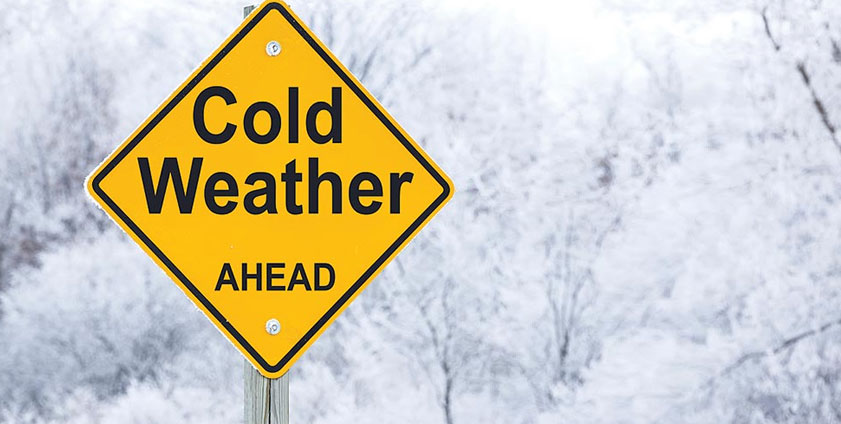Safety Tips for the Extreme Cold

January 30, 2019
With the arctic blast descending upon our service territory this week, it’s a good time to review some important safety tips, as well as ways to keep your energy costs lower.
Safety Tips:
- Heating appliances, such as space heaters and electric blankets, should never be left unattended or used while sleeping.
- Never fold an electric blanket while it is in use. It can damage wires inside of the blanket, causing it to overheat or spark.
- Only use space heaters designed for indoor use. Keep all heat sources at least three feet away from curtains, carpet or furniture that could catch on fire.
- Never use a gas stove, charcoal grill or lantern intended for outdoor use inside your home because it could lead to a buildup of deadly carbon monoxide gas.
- When operating a portable generator, place it outside of your home and far away from windows, doors and vents. Never use a generator inside your home.
- Keep electronic devices, such as cell phones, laptops and tablet computers, fully charged to be ready for an emergency.
- Have a flashlight, portable radio and extra batteries handy in the event a power outage.
Energy-Saving Tips:
- Make sure your home is properly insulated to help reduce heat loss. Inspect doors and windows and apply caulk or weather stripping where necessary to keep out cold air. Close drapes, blinds and garage doors to retain heat.
- Keep your thermostat at a temperature where you feel comfortable. Each degree lower has the potential to save about 2 percent on your heating bill. Install a programmable thermostat and it will do the work for you.
- Schedule an annual furnace inspection and tune-up by a qualified and experienced HVAC professional.
- Clean or replace the furnace filter to improve efficiency.
- Keep furniture and drapes from blocking heat registers and return vents to ensure heat can get into the room.
- Close the vents in rooms that are not being used.
- Avoid frozen pipes by opening faucets and maintaining a constant drip You also can wrap pipes in insulation or layers of newspapers.